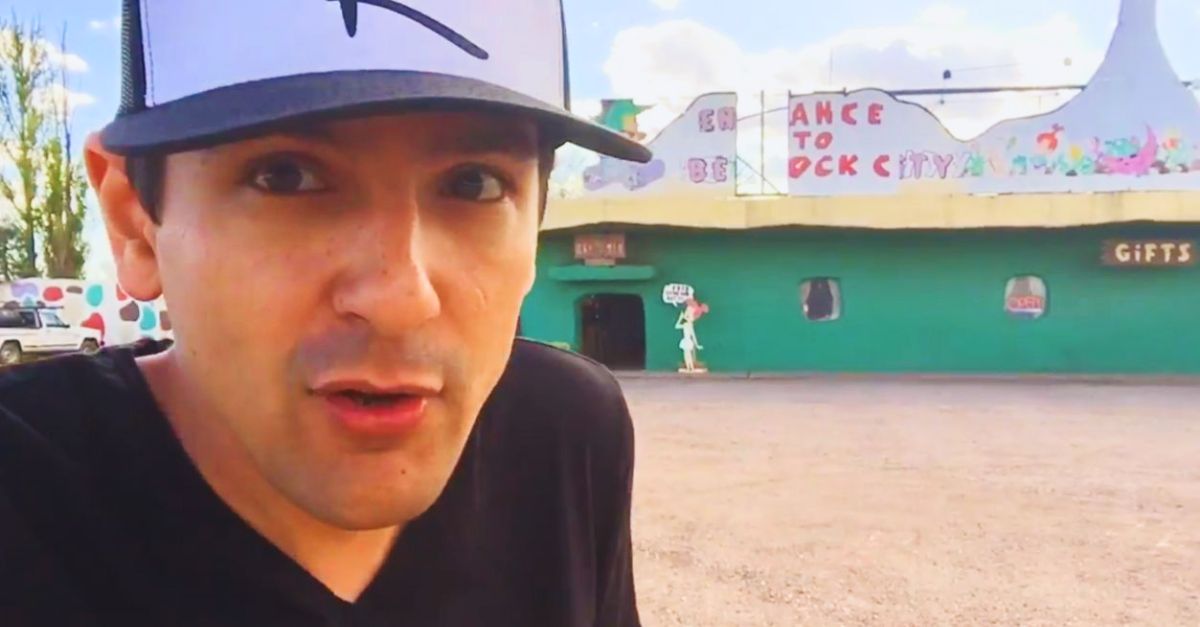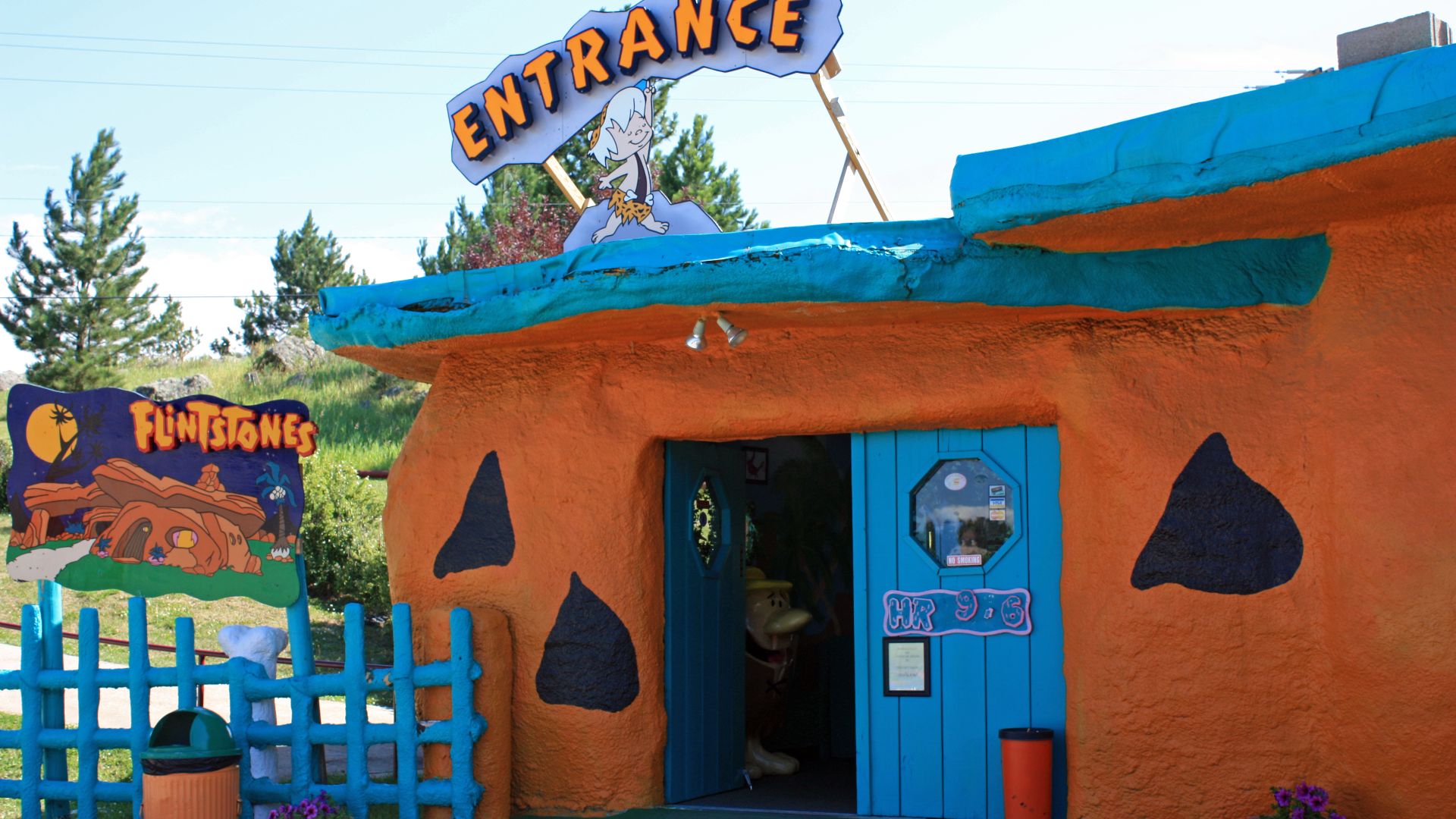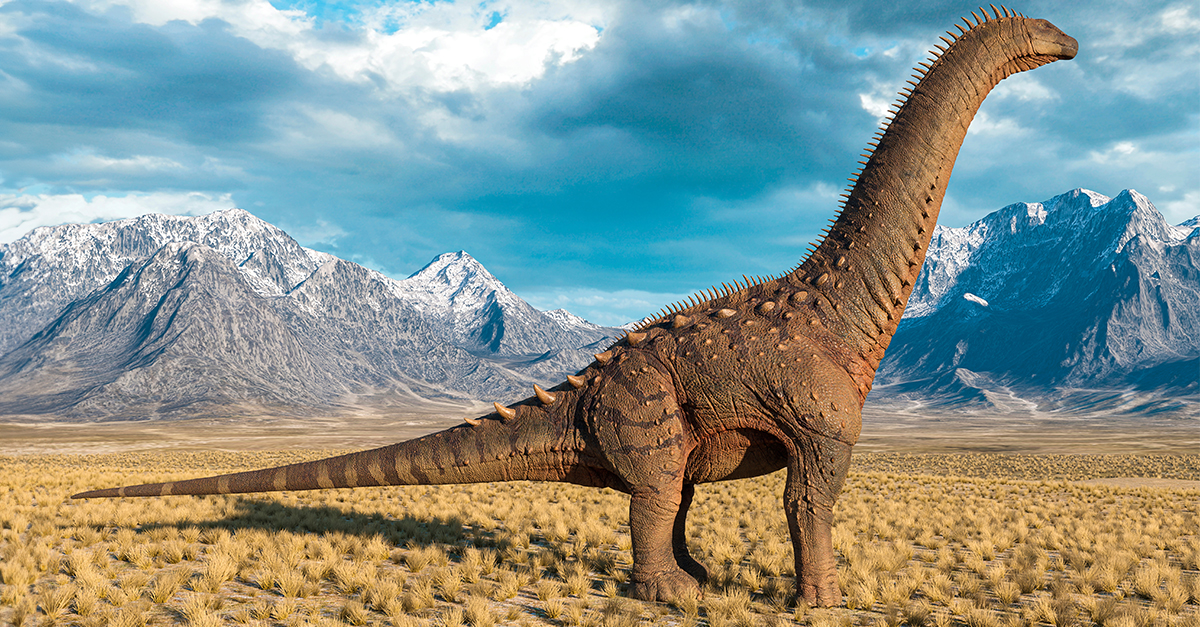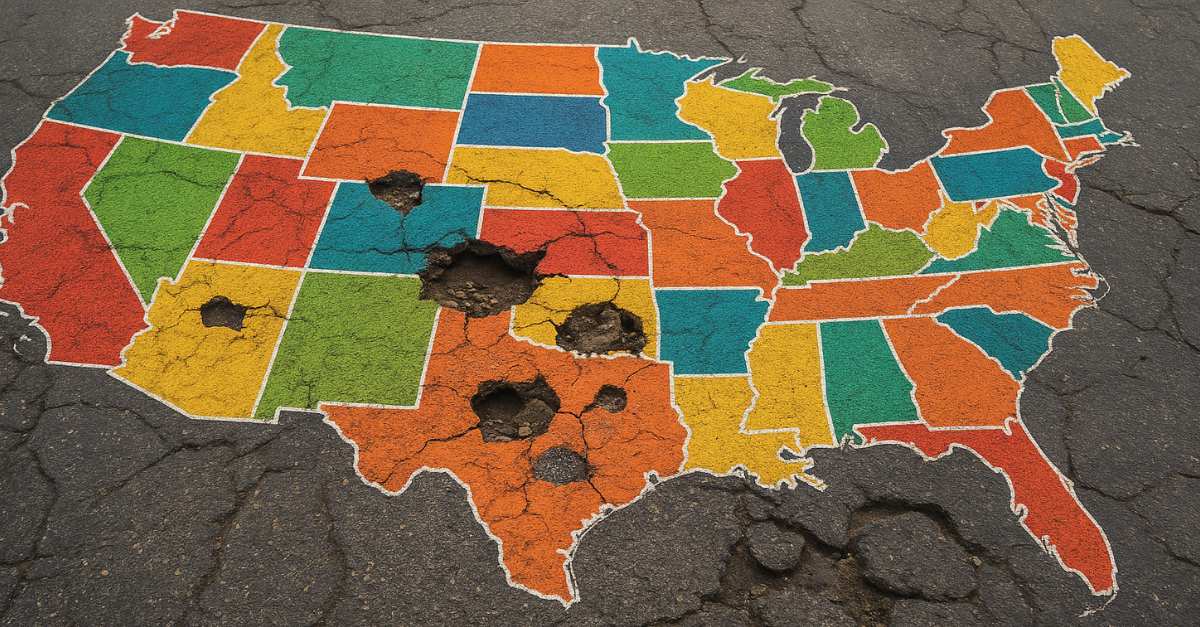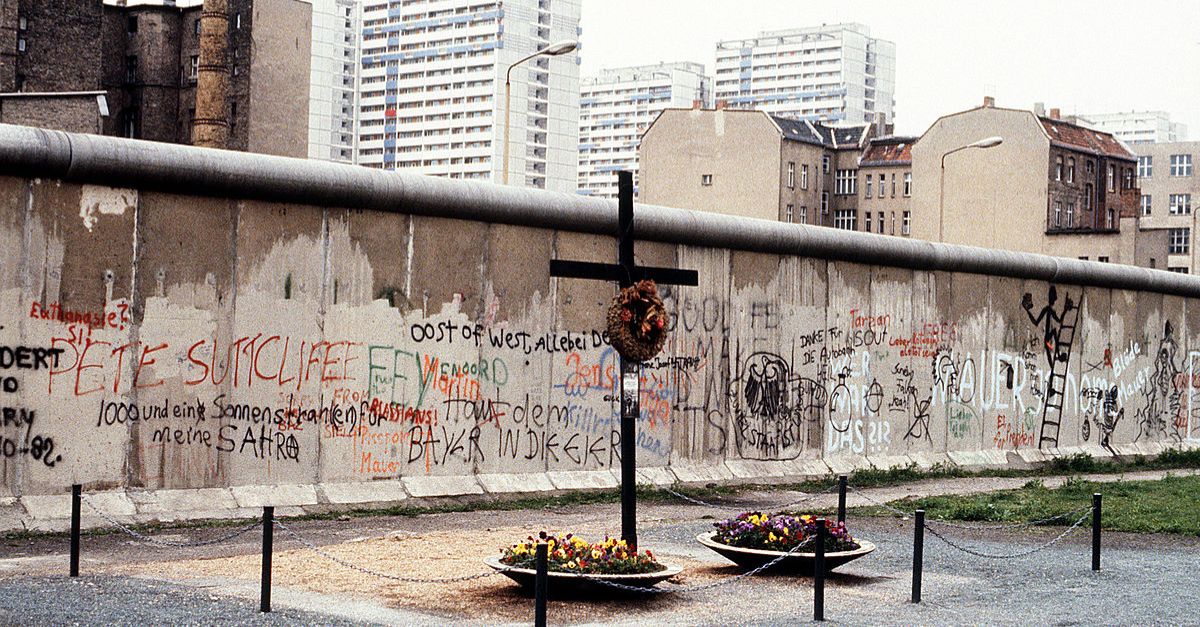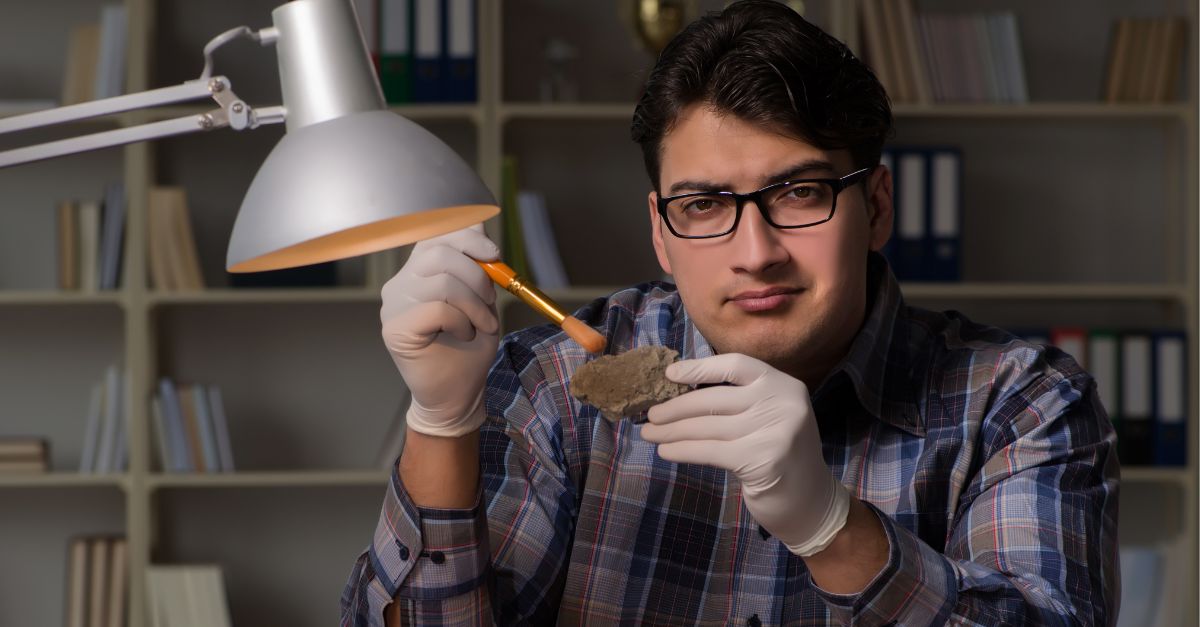Bedrock City Tales
A cartoon world once appeared in the Arizona desert, drawing curious families off the highway. It wasn’t polished, but it was unforgettable. Over time, crowds thinned, leaving behind fading paint and stubborn memories.
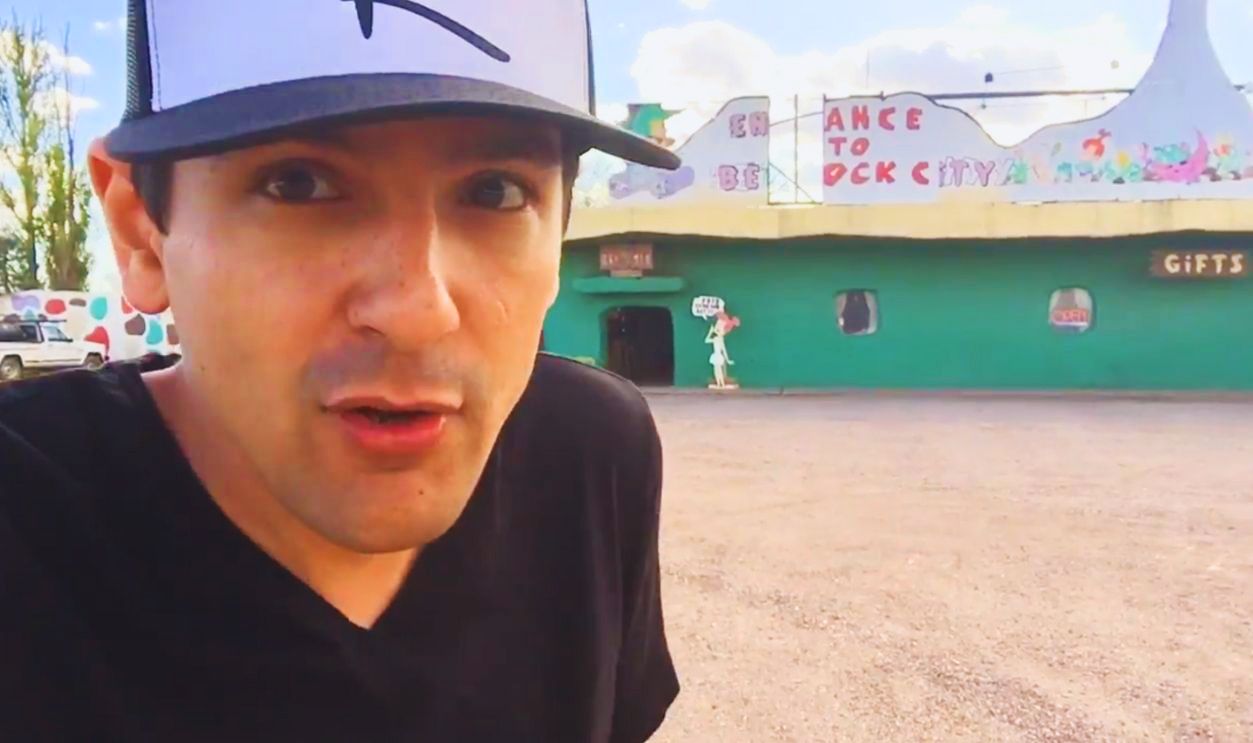
Cartoon Birth
September 30, 1960, changed television forever when The Flintstones premiered on ABC at 8:30 pm EST. Created by animation legends William Hanna and Joseph Barbera for Hanna-Barbera Productions, this Stone Age sitcom became the first animated series to air in prime time.
 ABC, The Flintstones (1960–1966)
ABC, The Flintstones (1960–1966)
The Flintstones
The show followed Fred Flintstone, his wife Wilma, and their neighbors, Barney and Betty Rubble, in their prehistoric suburban adventures. Fred Flintstone was the boisterous patriarch who worked as a dino-crane operator at a quarry, known for his optimistic get-rich-quick scheme.
 ABC, The Flintstones (1960–1966)
ABC, The Flintstones (1960–1966)
Dakota Prototype
Six years after the cartoon's debut, something magical happened in Custer, South Dakota's Black Hills. In 1966, six founding partners, including Eddie Speckels, Woody Speckels, Harry Hollmann, Milton Hollmann, Darwin Steckelberg, and Harold Steckelberg, opened the original Bedrock City on 62 acres of land.
Arizona Vision
Woody Speckels watched his South Dakota park's unexpected success and dreamed bigger. In 1971, he began scouting warmer climates where a Flintstones park could operate year-round, unlike the freezing winters of Dakota. He discovered a lonely, arid stretch of land for sale in Valle, Arizona.
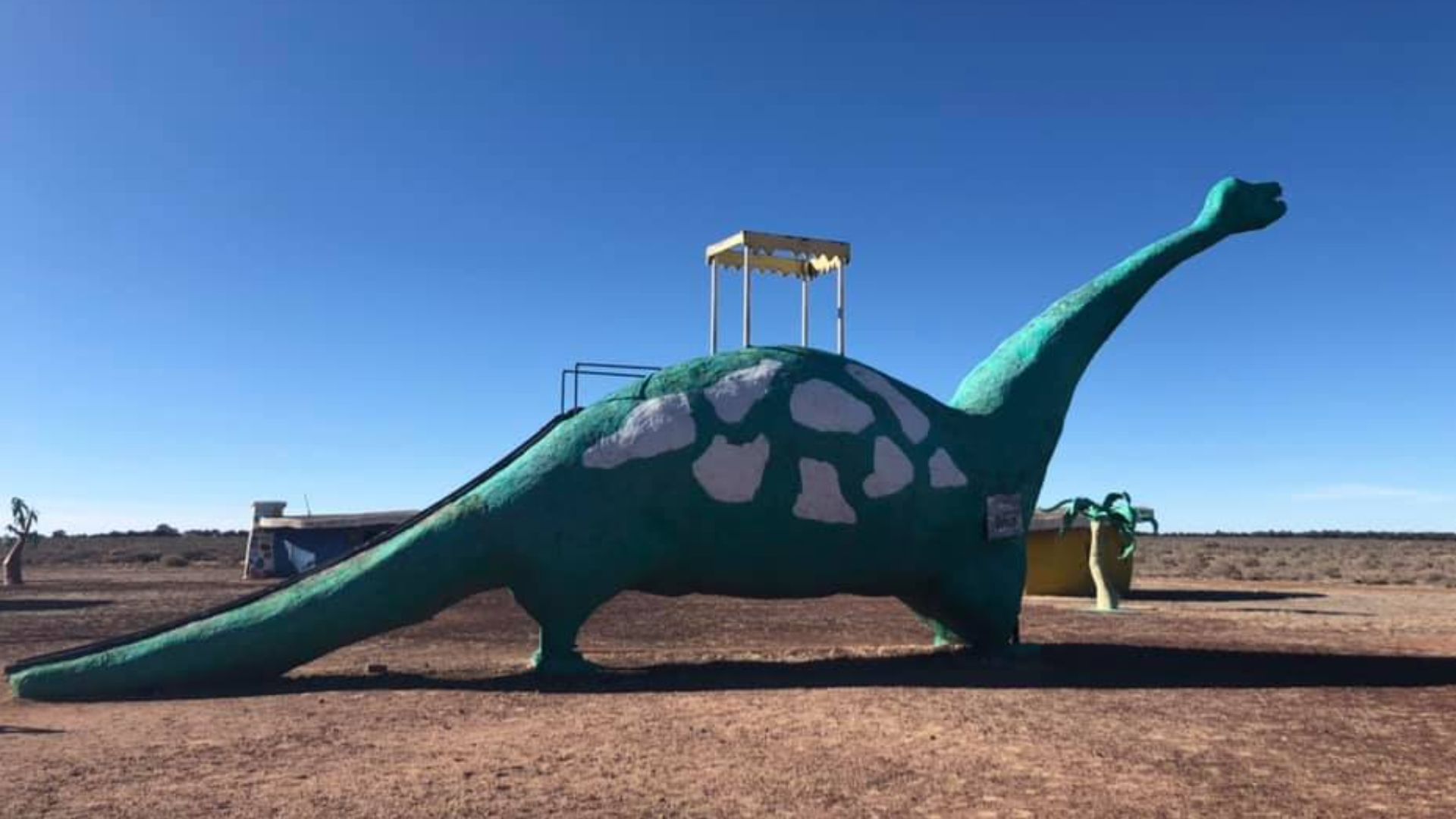 Marine 69-71, Wikimedia Commons
Marine 69-71, Wikimedia Commons
Desert Opening
June 1972 marked the birth of Arizona's Bedrock City when Woody and his son Francis "Hudi" Speckels opened their desert outpost. Built on a plateau south of the Grand Canyon, this half-sized replica of the Dakota park featured the same beloved characters but with Francis's superior construction expertise.
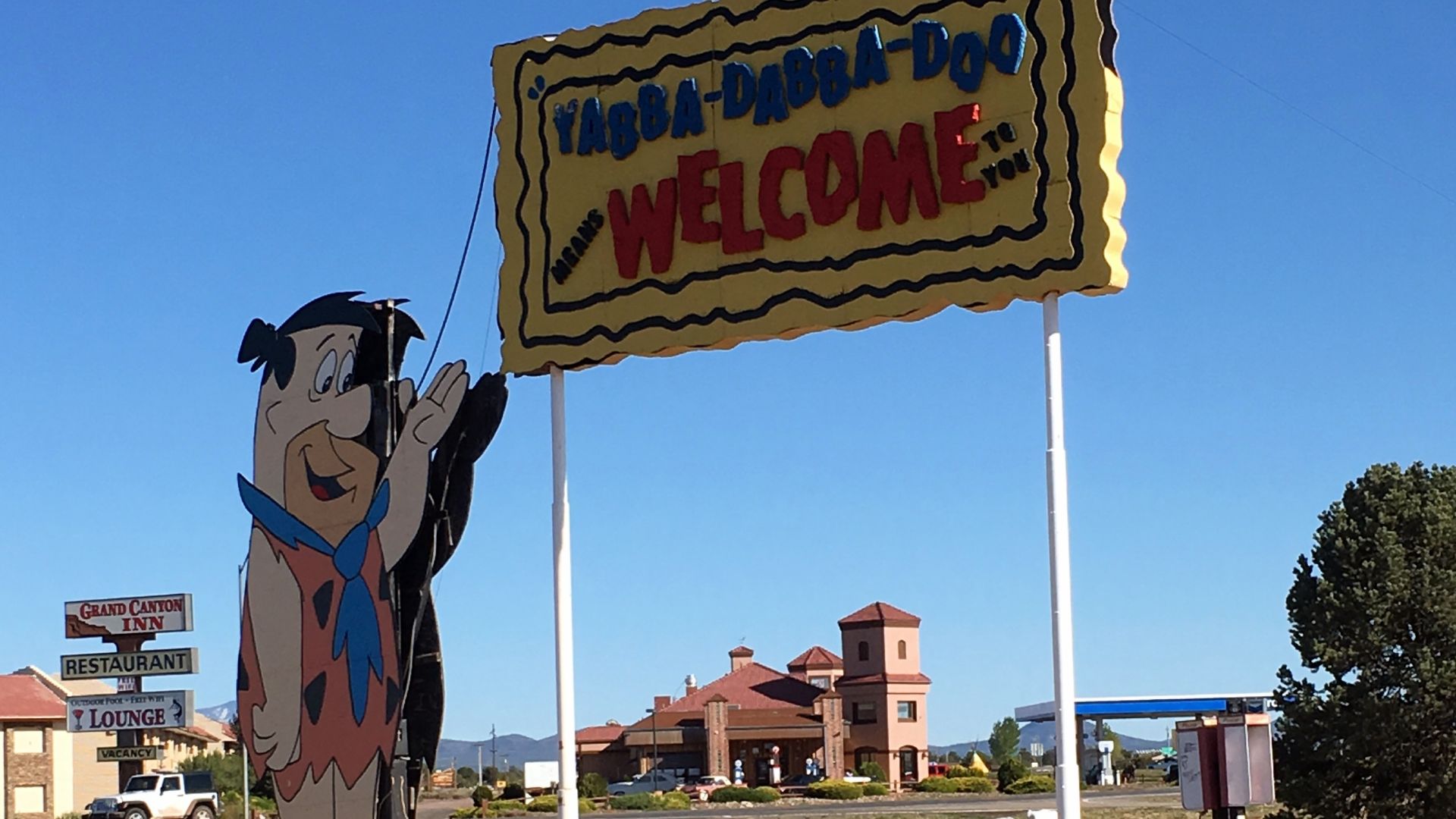 Jared from Clermont, Wikimedia Commons
Jared from Clermont, Wikimedia Commons
Strategic Location
Valle, Arizona, wasn't chosen randomly—it was a pure case of geographic genius. Positioned at the intersection of Highway 64 and Highway 180, Bedrock City sat exactly halfway between Williams (the beloved Route 66 city) and the Grand Canyon's South Rim.
 Rowen Hansen, Wikimedia Commons
Rowen Hansen, Wikimedia Commons
Family Dynasty
The Speckels family actually lived in Bedrock City. Francis's daughter, Tana Glasscock, grew up surrounded by both grandmothers, who worked in the gift shop. For young Tana, being surrounded by family members while playing among cartoon characters created an ethereal childhood paradise.
 Bedrock City Closes by TravelationsTV
Bedrock City Closes by TravelationsTV
Golden Era
The 1970s represented Bedrock City's absolute peak. During this time, families flocked to explore Fred and Wilma's prehistoric homes painted in bright rainbow colors. Visitors walked through archaic furnishings and leopard-skin tapestries. The towering green brontosaurus slide dominated the location.
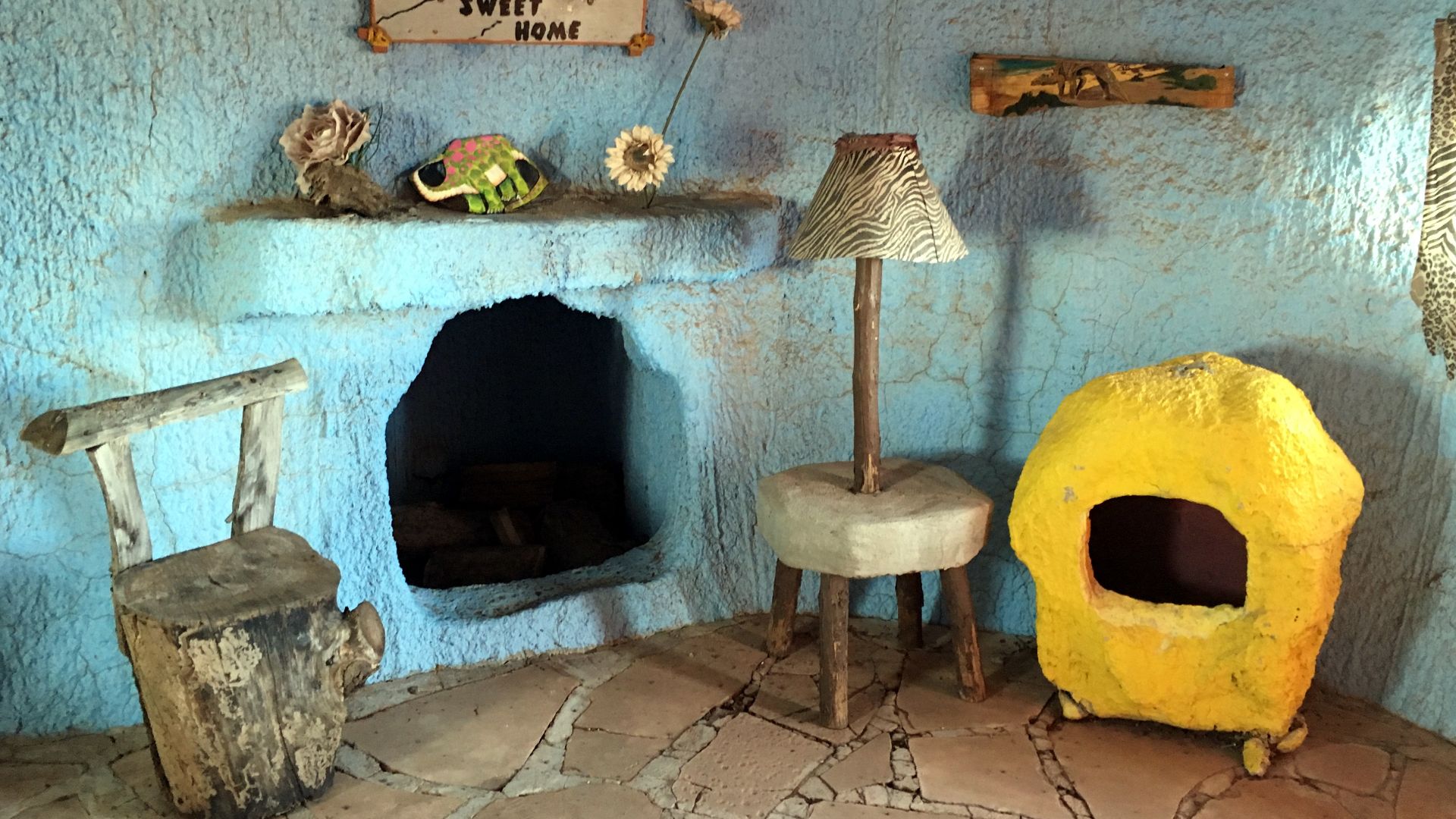 Jared from Clermont, Wikimedia Commons
Jared from Clermont, Wikimedia Commons
Memorable Audio
Audio from actual Flintstones episodes played continuously on tinny loudspeakers. The effect gave visitors the feeling of stepping right into a living Flintstones episode, with the familiar voices of Fred, Wilma, and others echoing off painted stone walls.
 Bedrock City Closes by TravelationsTV
Bedrock City Closes by TravelationsTV
Cultural Impact
Bedrock City emerged during the golden age of roadside attractions, joining a nationwide phenomenon of pop culture-themed destinations. The mid-20th century saw the emergence of similar parks, such as North Carolina's Land of Oz (1970), and various Hanna-Barbera-themed areas at major amusement parks.
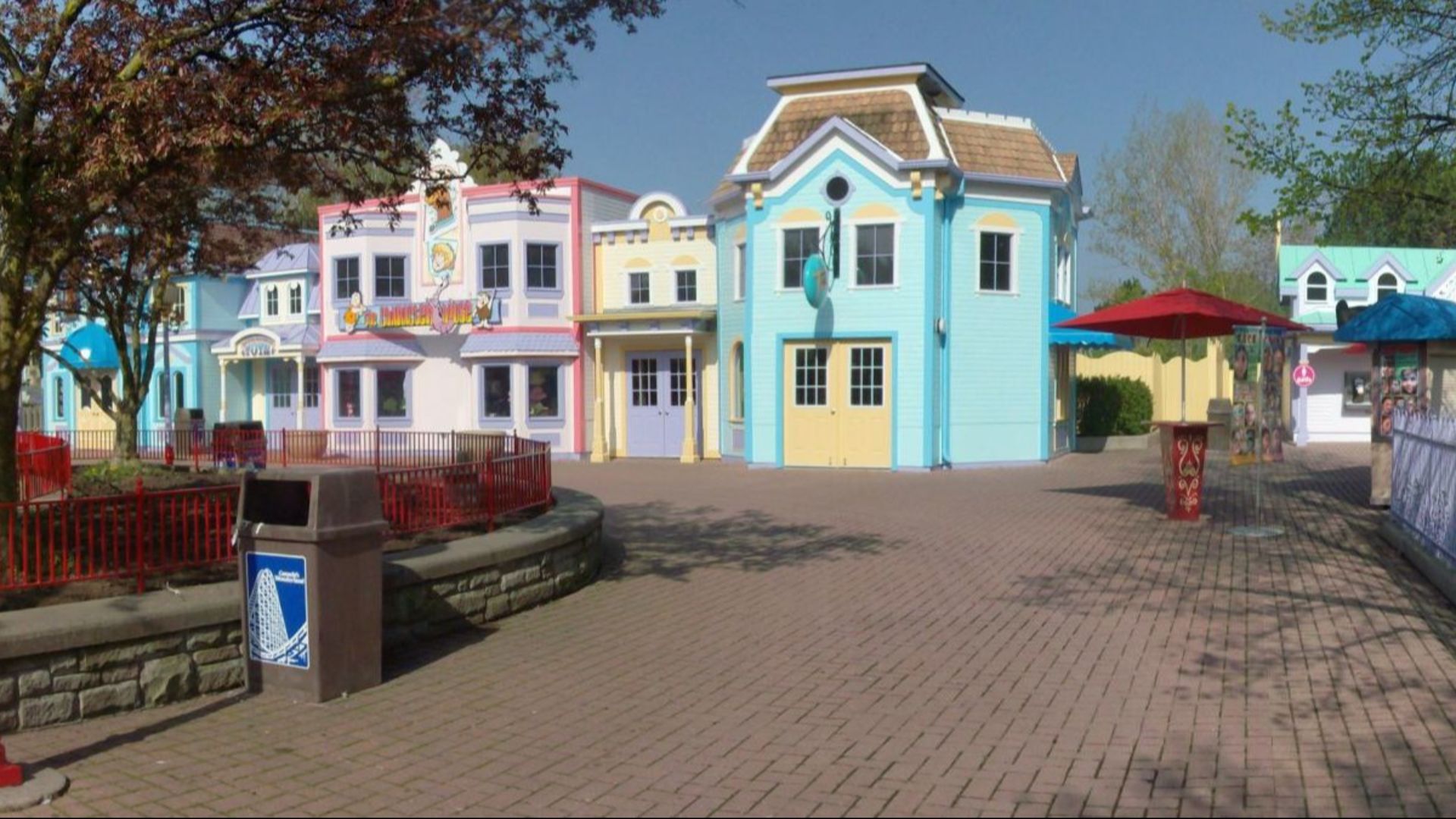 Nicholas Moreau, Wikimedia Commons
Nicholas Moreau, Wikimedia Commons
Declining Attendance
However, the 1980s brought troubling signs as park attendance steadily decreased despite new additions like a replica 19th-century steam train carrying passengers through "Dinosaur Canyon" and past “Mount St Wilma”. A new barn hosting family country music shows couldn't reverse the downward trend.
 Arizona Flintstones Bedrock city train ride (full) by Travel Tim
Arizona Flintstones Bedrock city train ride (full) by Travel Tim
Corporate Shifts
Everything changed in 1991 when Ted Turner's Broadcasting System purchased Hanna-Barbera Productions for an estimated $320 million. He brought all beloved cartoon properties under new corporate ownership. This acquisition marked the beginning of stricter business practices and the implementation of updated licensing requirements.
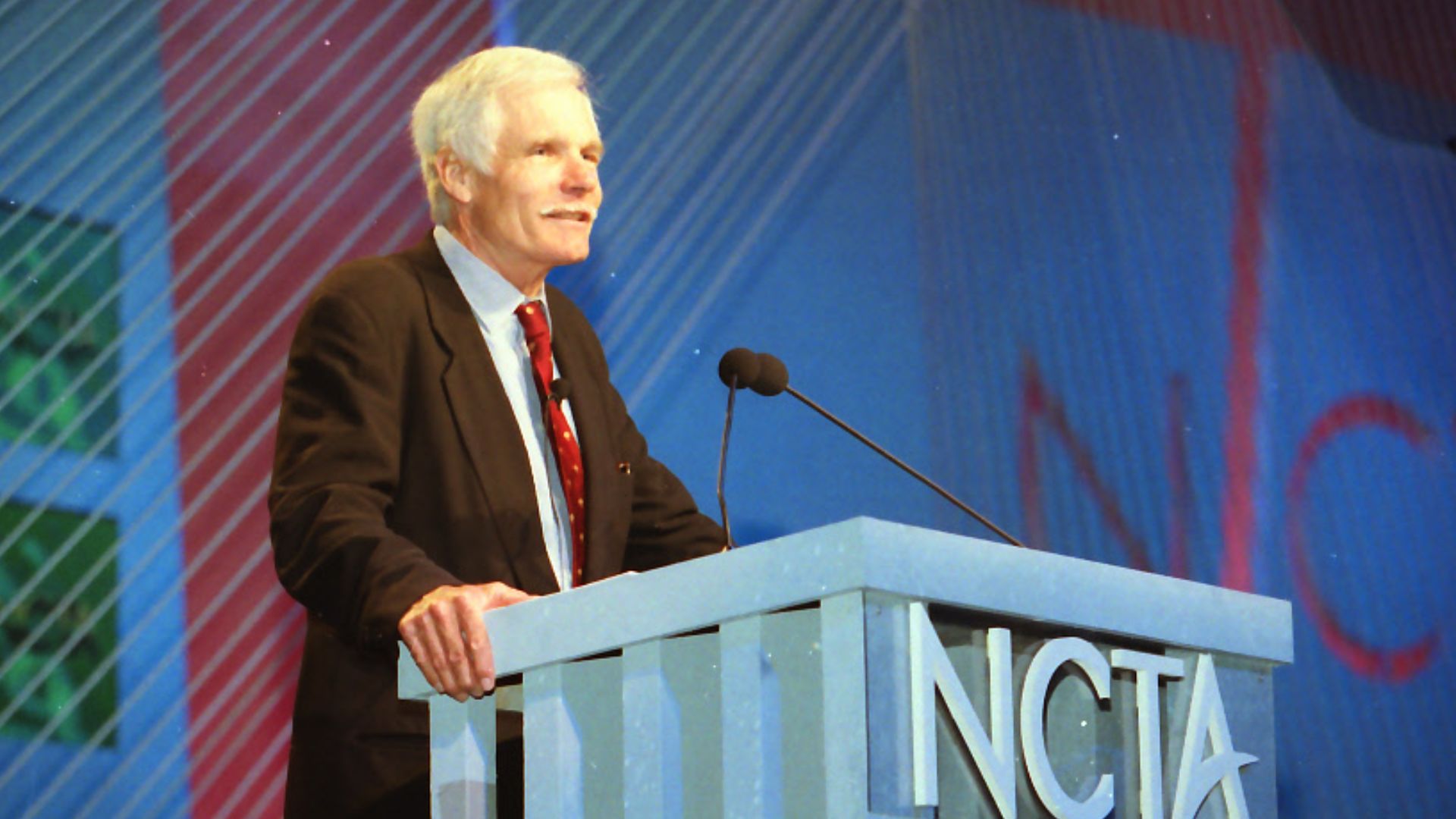 INTX: The Internet & Television Expo, Wikimedia Commons
INTX: The Internet & Television Expo, Wikimedia Commons
Warner Control
The corporate hammer fell harder in 1996 when Turner Broadcasting merged with Time Warner in a massive $7.5 billion deal, placing The Flintstones under Warner Bros Studios' umbrella. Small family-operated parks that had enjoyed decades of relative autonomy suddenly found themselves dealing with updated character style guides.
 Warner Bros., The Flintstones (1960–1966)
Warner Bros., The Flintstones (1960–1966)
Licensing Pressure
Warner Bros began demanding that Bedrock City locations update their Fred Flintstone representations to match the studio's official style guide—a move that angered cartoon community figures, including Ren and Stimpy creator John Kricfalusi. These studio-mandated changes were expensive and required a lot of money.
Maintenance Issues
After Francis Speckels passed away in 1990, Linda Speckels admitted that the family didn't do much to upgrade Bedrock City, claiming that visitors actually preferred the lack of technology and five-cent coffee. However, this philosophy meant deteriorating infrastructure, minimal staffing, and increasingly shabby concrete structures.
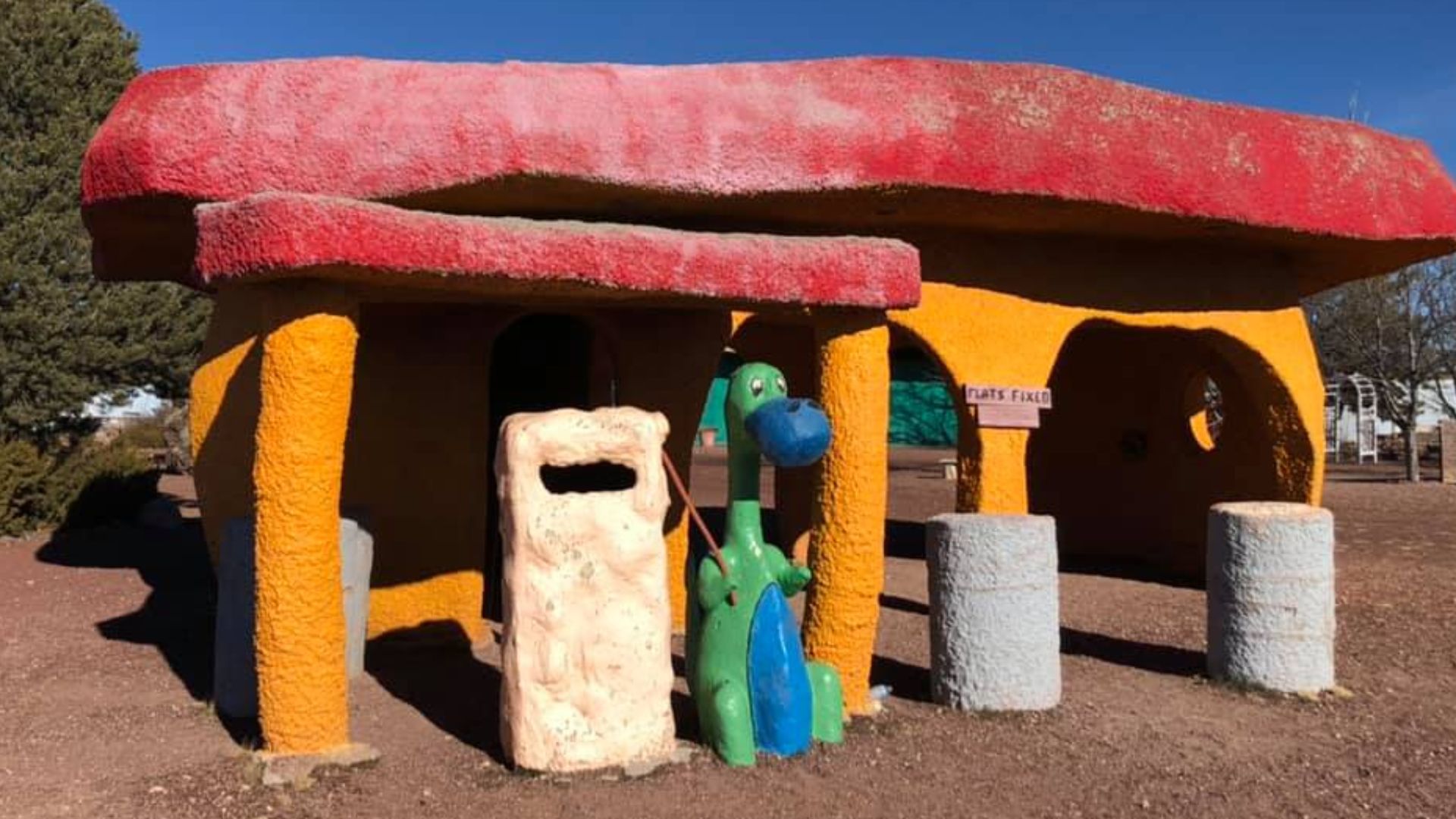 Marine 69-71, Wikimedia Commons
Marine 69-71, Wikimedia Commons
Retirement Plans
It was in 2015 that 73-year-old Linda Speckels finally announced her retirement after decades of operating the park and campground. "I don't have that many more years of adventure time left," she told reporters while listing the property for $2 million. However, the asking price didn't include Flintstones licensing rights.
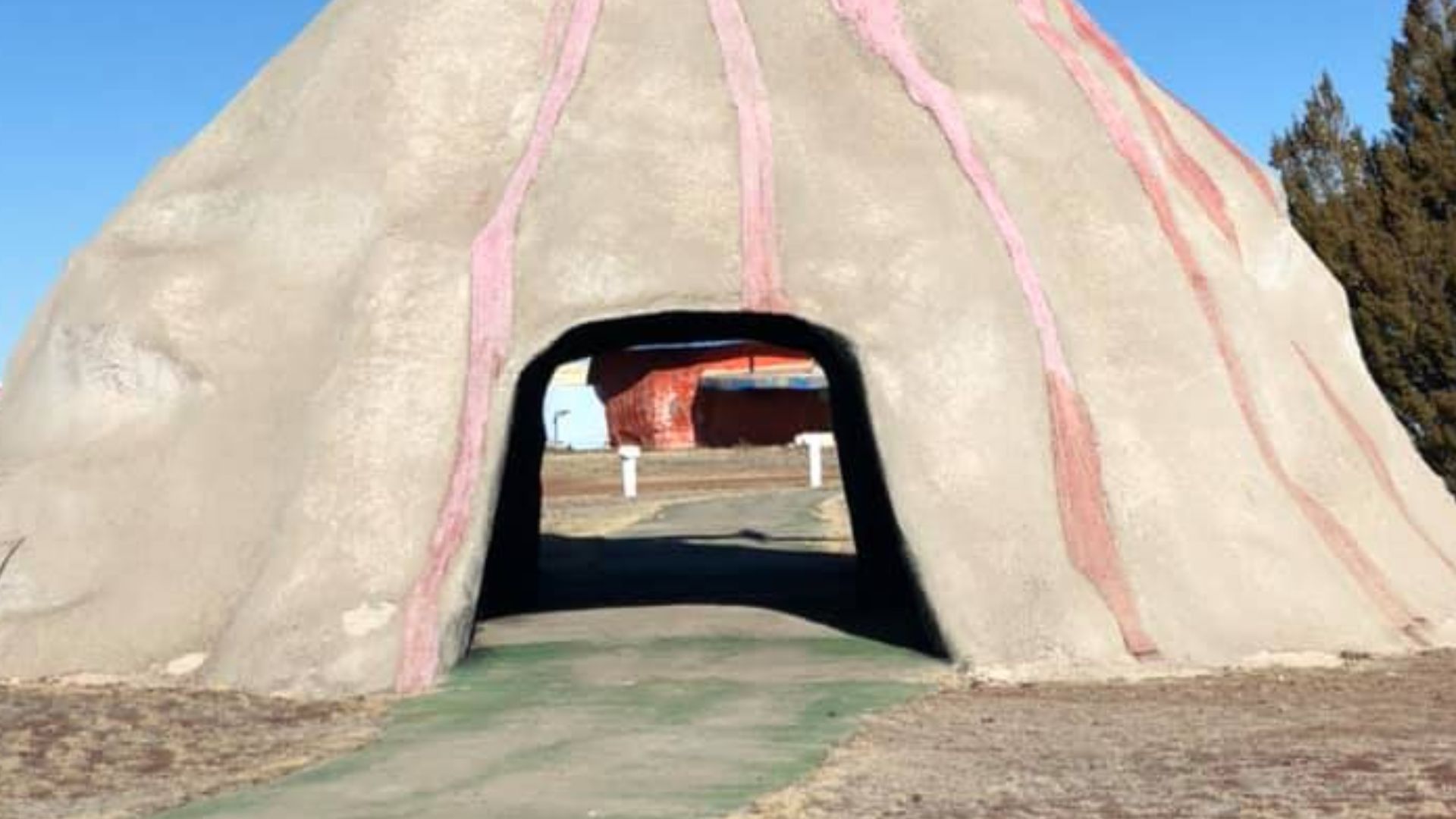 Marine 69-71, Wikimedia Commons
Marine 69-71, Wikimedia Commons
Market Struggles
Finding buyers proved nearly impossible despite the reasonable $2 million asking price for 30 acres of highway-accessible land. The licensing complications scared away most investors, while the specialized nature of the themed attraction limited its appeal. Bedrock City required buyers who had plans for complete redevelopment.
Closure Threat
The inevitable happened on January 28, 2019, when Bedrock City officially closed its gates after failing to find a buyer. Local media reported the closure of the attraction that had welcomed travelers to the Grand Canyon for more than 40 years.
 Lennart Sikkema, Wikimedia Commons
Lennart Sikkema, Wikimedia Commons
Ranch Acquisition
Salvation arrived through Troy Morris and Ron Brown, California falconers who had been searching for the perfect location for their birds-of-prey attraction for over 20 years. After another site fell through just a mile away, they discovered Bedrock City offered exactly what they needed.
Transformation Plans
Morris and Brown initially planned to eliminate the Flintstones theme entirely. Their vision for "Raptor Ranch" included educational bird demonstrations, falconry classes, a breeding barn, a rehabilitation center, rock climbing walls, and archery fields. The ambitious project would take 24 months to complete.
 Bedrock City Lives! - Visiting Raptor Ranch in Arizona by Sidetrack Adventures
Bedrock City Lives! - Visiting Raptor Ranch in Arizona by Sidetrack Adventures
Public Resistance
News of Bedrock City's impending demolition triggered massive public outcry from fans. Social media campaigns protested the loss of this iconic roadside attraction, with headlines like "Flintstones Park Strictly for the Birds" and "Yabba Dabba Adieu!" capturing public sentiment. The emotional attachment surprised the new owners.
Preservation Victory
Such an overwhelming public response forced Morris and Brown to reconsider their demolition plans. When they reopened Bedrock City in mid-June 2019 for one final summer, they discovered that 80 percent of visitors came specifically for the Flintstones experience rather than the birds.
Hybrid Model
"We said, 'People love it, so let's just keep all the stuff,'" Troy Morris explained, announcing the decision to preserve Bedrock City within Raptor Ranch permanently. While they couldn't use official Flintstones licensing or sell copyrighted merchandise, the 20-foot-tall Fred Flintstone statue remained "pretty suggestive" of the attraction's identity.
Legacy Status
By 2022, Bedrock City celebrated its 50th anniversary as an officially incorporated part of Raptor Ranch, with plans to remain open “indefinitely”. The survival story became a living proof of grassroots preservation efforts and adaptive reuse of cultural landmarks. Morris now encourages visitors to submit then-and-now photographs.

